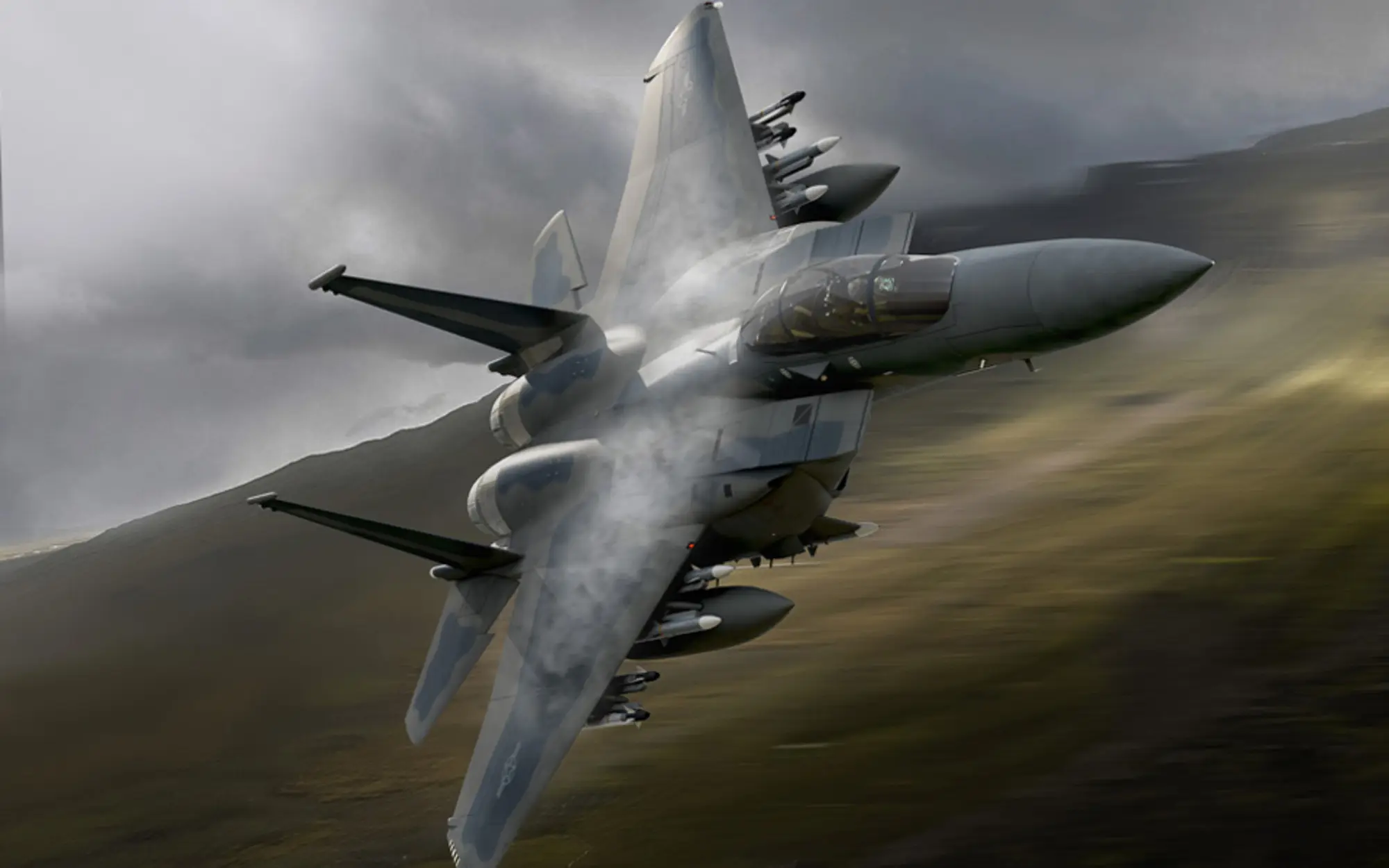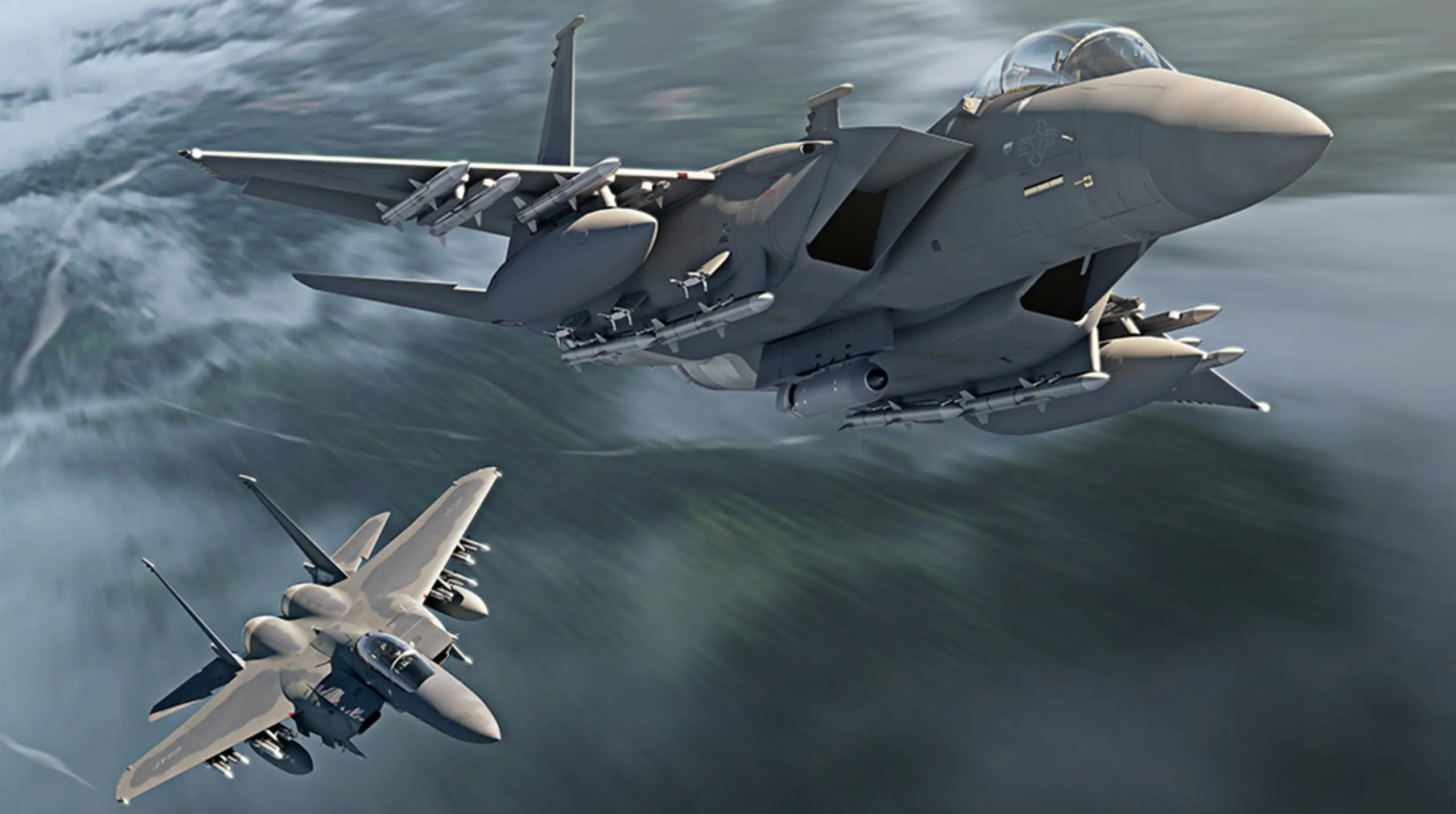The F-15EX represents a significant leap forward in the already rich history of the US Air Force’s outstanding F-15 fighter aircraft. Designed to maintain air superiority and adapt to the modern battlefield, this new fighter combines cutting-edge technologies and confidence in an already proven Boeing design.
Contents
The history of the F-15

The history of the Boeing F-15EX “Eagle 2” will naturally be found in the development of the original F-15 Eagle, which appeared in the 1960s in response to the need for a highly versatile and technically capable fighter aircraft.
The F-15 quickly proved its worth with its lethal air superiority capabilities and a remarkable record of shoot-downs and insults in actual combat. Over the years, it has undergone several upgrades and variants, including the F-15C, F-15D and F-15E Strike Eagle, to address evolving threats and meet the needs of primarily the U.S. Air Force.
The F-15EX program represents the final chapter in the evolution of the F-15 and no next version is likely to be released. It was developed as a new fighter and is not a part of upgrades to the US Air Force’s old fleet of F-15 fighters.
Some of the older F-15s according to US announcements will receive some of the upgrades included in the F-15EX such as the Honeywell [HON] Advanced Display Core Processor II (ADCP II) and the Multifunctional Information Distribution System-Joint Tactical Radio System (MIDS-JTRS), a new Link 16 system until they retire from service.
Features and Capabilities
The F-15EX has a range of features and capabilities that help maintain air superiority capabilities in the 21st century for its user nations. Its advanced capabilities in air-to-air combat and engaging targets with air-to-surface missiles allow it to engage any enemy target.
Equipped with cutting-edge US Air Force systems such as the APG-82(V)1 Active Electronically Scanned Array (AESA) radar, the Eagle Passive/Active Warning Survivability System (EPAWSS) and the Digital Electronic Warfare System (DEWS), the F-15EX provides pilots with superior situational awareness compared to older F-15s and fire management capability in complex environments.

In addition, the incorporation of lethal features through upgrades such as the Advanced Missile and Bomb Ejection Rack (AMBER) that allows the F-15EX to carry up to 16 air-to-air missiles (12 in the standard version – additional information required for confirmation) according to sources and stealth features that impart a reduced radar cross-section (RCS), thus enhancing its survivability in any hostile airspace.
In no case, however, can the aircraft be classified as a STEALTH.
The aircraft features enhanced self-protection and electronic warfare systems, including the EPAWSS system that will be installed on the F-15E and F-15EX. In addition, the F-15EX’s increased payload capacity of around 13.6 tonnes, thanks to the addition of the AMBER, allows for a wider range of mission profiles, ensuring it can be tailored to various operational requirements.

Its improved manoeuvrability, achieved through aerodynamic improvements and upgrades to the new General Electric engine (F110-GE-129), further enhances its combat effectiveness.
The F-15EX is designed to work seamlessly with existing aircraft and systems, ensuring interoperability and compatibility in joint operations by enabling cooperation and information sharing between different fighters to achieve full cooperative engagement. F-15EX compatibility with other fighters is achieved through Link 16 enhanced by the Multifunctional Information Distribution System (MIDS-JTRS).
Differences with the older F-15

- Technological Developments: While the F-15 featured remarkable avionics, the F-15EX takes a leap forward. The integration of the EPAWSS system provides as we mentioned above increased tactical situational awareness and threat detection capabilities, eclipsing the capabilities of the older F-15C.
Adapt to the future: In a rapidly changing world, adaptability is of the utmost importance. Unlike its predecessor, the F-15EX despite being essentially a new fighter will not need new certifications as a carrier of the existing weapons that have already been incorporated for so many decades in its predecessors. - New cockpit: Entering the cockpit of the F-15EX one immediately understands the difference in technological development. The Honeywell Combat Computer (ADCP II) offers massive processing power and expanded imaging capabilities. In contrast, the F-15’s cockpit now looks outdated and lacks the improved data fusion that the F-15EX provides.
- Firepower: With two additional armament bays, the F-15EX provides a significant improvement in its weapons payload capacity.
- New Radar: The F-15EX’s upgraded APG-82 Active Electronically Scanned Array (AESA) radar system makes it incredibly different from the F-15. Advanced AESA technology radar offers extended detection range and increased resistance to electronic warfare attacks.
- Fly-by-Wire: The F-15EX ushers in a new era of flight control with its digital fly-by-wire system. This technology provides increased performance, stability and agility, allowing pilots to perform demanding maneuvers with great precision and ease. Compared to the F-15’s conventional controls, the F-15EX’s fly-by-wire system redefines the limits of aerial engagement.
Two-seater: The F-15EX does not have a one-seater version but only a two-seater version
Criticism
While the F-15EX offers significant improvements but it is not immune criticism. Some argue that its lack of stealth capabilities compared to other fifth-generation U.S. Air Force fighters such as the F-22 and F-35 may make it more vulnerable in contested environments.
In addition, there are discussions about the cost-effectiveness compared to other advanced platforms such as the F-35 Lightning II. However, proponents highlight the F-15’s proven track record of use and combat, cost advantages, and compatibility with existing systems as important factors in its favor.
Conclusion
The F-15EX represents a major development in the history of the F-15. The aircraft truly combines proven performance with new advanced technological capabilities. This version is very likely to be the last of the F-15s that have proven their lethality many times over.
Tell us what you think in the comments!
Copyright:GEOPOLITIKI (GEOPOLITIKI.COM – It is forbidden to copy the text to other media, social media, etc. without permission) Use the SHARE buttons.
